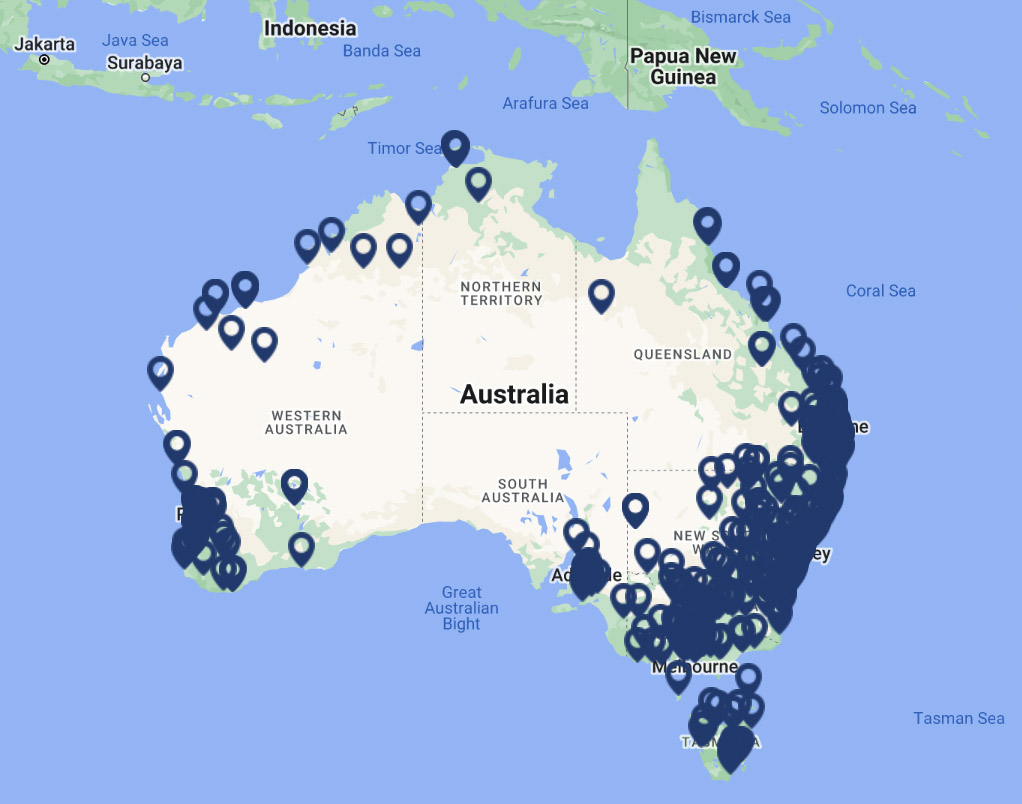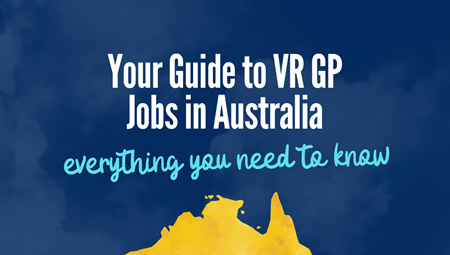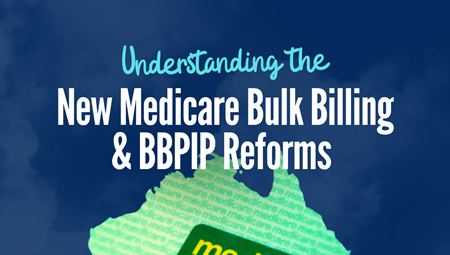Over the past 13 years we have placed more than 350 (VR and non-VR) doctors into Rural GP Jobs and Rural Generalists (GP/VMO) Jobs positions throughout NSW, QLD, Victoria, Tasmania and the Northern Territory.
The size and remoteness of the locations have varied greatly from large rural towns such as Dubbo with a population of 45,000, to small island communities like Mornington Island (population 1025).
In this blog we focus on the key factors that prospective rural medical practitioners should consider when finding the right town and community for them and their families.
Town size and demographic
It is important to understand the size of the town and its demographics, as this will greatly influence how well you and your family will settle and integrate with the community.
Larger towns such as Busselton, WA (pop. 43,000) will have more shops, housing options and things to do, compared to a smaller town. This is particularly relevant if you have children.
The Modified Monash Model was developed in 2015 to provide a better representation of the maldistribution of medical services throughout Australia. The model not only looks at the remoteness of a location, but also the population size and amenities, which all directly impact the long-term retention prospects for medical practitioners and their families.
Top tip: Speak with the Primary Health Network in the location to request the demographics, disease prevalence and regional profile for the area.
Schools and Childcare
Rural towns can have fantastic schools and childcare options, especially up until secondary school. The primary school options in the small country town of Benalla, VIC are excellent, with great options in the town, or in nearby Wangaratta and Shepparton.
Larger towns, such as Ballarat, VIC and Orange, NSW have excellent senior schooling options and offer good school bus service to nearby smaller towns, which you will be able to take advantage of.
Top tip: Any site visit should always include a trip to the schools/childcare centres.
Work opportunities for your partner
This is one of the key factors that affects the long-term retention of doctors in rural areas. When comparing potential locations, it is vital to understand what the work opportunities will be for your partner, especially if they have a niche skill-set.
There will be far more opportunities in a larger town, such as Tamworth, NSW compared to a smaller town like Harden, NSW.
Investigate the area thoroughly, even if your partner has no intention or plans to work. Rural towns can be a lonely place if you have nothing to occupy your time.
Top tip: Happy Partner = Happy Home!
Accommodation
The accessibility of quality accommodation is often the number one reason for doctors and their families not settling into a community. The more remote you go, the smaller the pool of accommodation options.
It is common for a house to be included as part of the package in rural towns, especially if you are providing rural generalist (VMO) services. Small towns, such as Boggabri, NSW will provide accommodation for their doctors.
Top tip: If possible, always arrange a house site visit before making your decision,
Proximity to larger cities and transport
One of the best ways to avoid burnout, especially in remote locations, is to take time out from the town to recharge your batteries.
Make sure you understand how far it is to drive to the nearest large hub / major city and what other transport options there are, such as an airport or train station.
The rural town of Narrabri, NSW (pop. 12,754) for example flies daily, direct flights to Sydney and is less than a 2-hour drive from Tamworth (pop. 65,908).
Cobar, NSW now has direct flights from Sydney and Brisbane, which makes it far easier than the previous 3.5-hour drive to Dubbo Airport.
Top tip: Check the availability, frequency and cost of flight options!
Fellowship pathway options
It is important to understand which college (RACGP or ACRRM) and fellowship pathway/training program (RVTS/ACRRM IP/RACG PEP/AGPT) you are planning to follow to ensure the town is deemed an eligible location.
With the increasing demand on training places, it is important to maximise the number of options you have. For example, working on King Island, TAS would make you eligible to apply for all training programs, whereas Grafton, NSW would only be eligible for RACGP PEP, AGPT and part of ACRRM’s independent pathway.
Top tip: Call one of the DXC Medical team to discuss your options!
Mentoring and support
Whether you are an experienced, vocationally registered rural generalist, or a non-VR GP looking to commence a training position, the access to good mentoring and support is vital.
It is important to note that each state rural health workforce agency has their own interpretation of mentoring guidelines. Make sure you have spoken with the relevant agency to understand what level of mentoring and supervision is required.
Top tip: Always speak with the other doctors in the town, especially if one of them will be your mentor/supervisor
Financial incentives & Moratorium reduction (Remote Area -RA 1-5)
There are a wide range of financial incentives when relocating to a rural town. These include:
- Site visit grants
- Relocation support
- CPD Grants
- Retention Payments (GPRIP)
Moratorium reduction is linked to the Remote Area Classification system (RA1 – 5), with the greatest scaling (50% / 5 years) being available in RA5 locations.
Conclusion
Working as a Rural GP or Rural Generalist in Australia can offer you some of the most rewarding experiences of your career.
Each town and community are as unique as you and your family. So, finding the best location will greatly depend on your experience, the size and age of the family members and what your professional goals are.
For some doctors it is as simple as gaining fellowship as quickly as possible, for others, providing the care where it is needed most.
To ensure you find the right fit it is vital to always:
- Research the towns and communities in detail
- Shortlist at least 2-3 options to benchmark their benefits
- Visit each town on the shortlist with your family (It is their move too!)
For more information on anything covered in this blog, please contact me on:
Darren Compton
0405 234852
darren.compton@dxcmedical.com.au
To view the latest Rural GP Jobs and Rural Generalist Jobs click HERE


